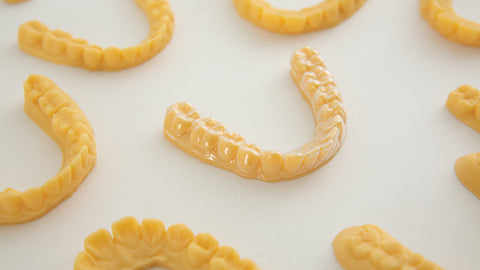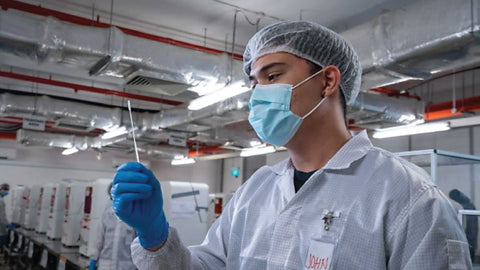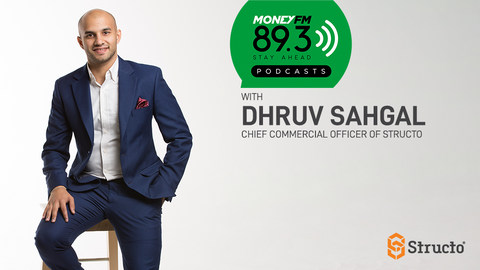Part 3: 4 Reasons Why MSLA 3D Printers Are Perfect For Clear Aligners Manufacturing.
October 14, 19 | 3 mins read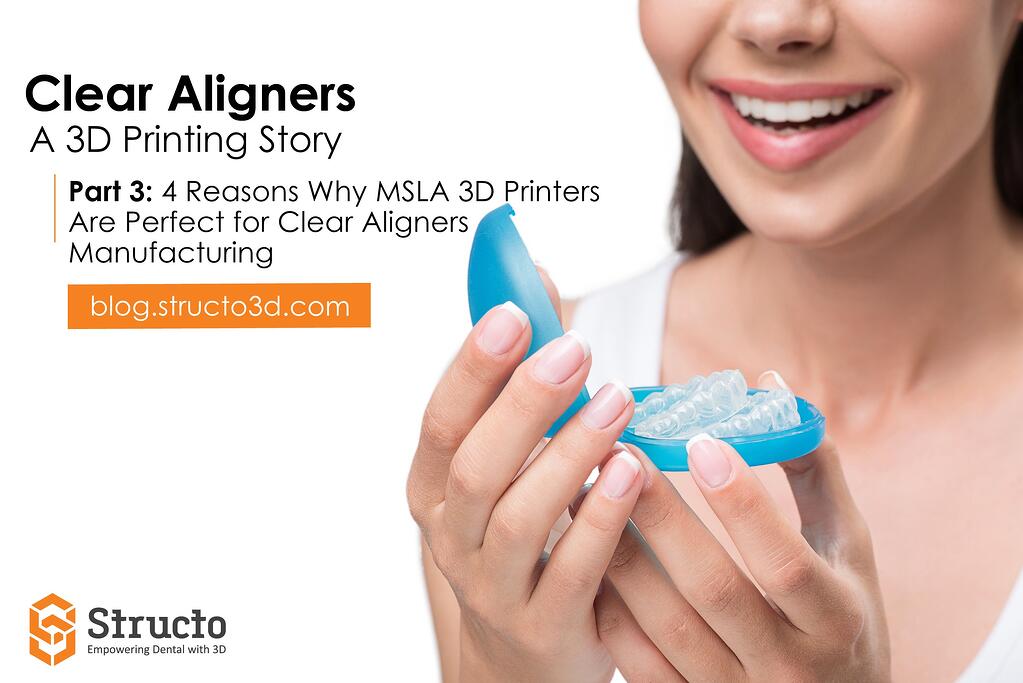
In our previous post, we talked about the different 3D printing technologies available out there in the market today for your clear aligners manufacturing line. However, the question remains which technology is best suited for which use case scenario.
In this article, we highlight 4 reasons why Mask Stereolithography (MSLA) technology 3D printers are ideal for clear aligners manufacturing.
1. High Throughput - Made for Manufacturing
MSLA’s printing process is done layer by layer by utilizing an array light source and a digital mask above it to control which region of the print area is illuminated at any given time. This process allows for extremely high throughput due to its quick turnaround time, which is ideal for round-the-clock production in any given dental practice or laboratory. For example, the Structo OrthoForm, Structo’s orthodontic 3D printer is capable of printing up to 30 dental arches in just one and a half hours.
Glidewell Dental, one of the world’s largest dental laboratories and a Structo OrthoForm user for more than a year now, managed to print an average of ~180 arches a day with just one OrthoForm printer, a throughput rate that is unmatched by any competing printers in the same price category. This is especially useful when it comes to manufacturing models to thermoform clear aligners.
On average, a typical clear aligner user is prescribed around 20-30 clear aligners per treatment. With just a single print of about 90 minutes, you can already print all the models you need for an entire case.
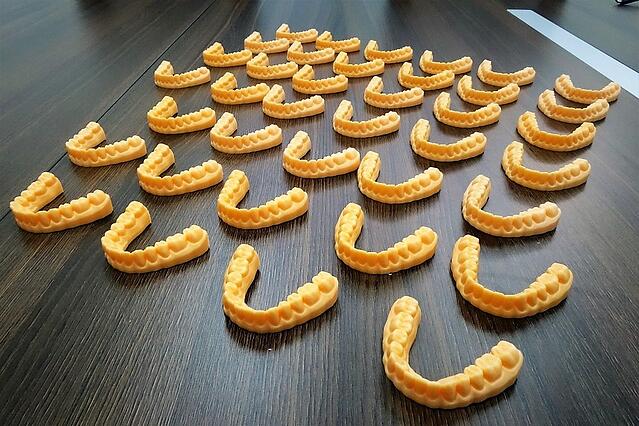
Print an entire clear aligner case in 90 minutes with MSLA technology
2. Reproducibility Throughout The Entire Build Platform

Compared to conventional printers that utilize a single light source, whether it is a laser diode for Stereolithography (SLA) or a projector bulb for Digital Light Processing (DLP), MSLA technology utilizes numerous individual light sources in a large array. By having an array instead of just a single light source, this ensures that the light intensity throughout the entire build area is uniformed. And this is crucial in achieving accurate prints throughout the entire platform. When you are running a production line of clear aligners, achieving consistent print with reproducible results is essential for your entire production workflow.
This means that you do not need to go back and rerun a print job to correct an inaccurately-printed model which will create a bottleneck in your workflow costing you precious time and revenue.
3. Minimum Downtime - Only One Mechanical Moving Part

MSLA technology components
The essence of MSLA boils down to 2 components, the array light source at the very bottom and the digital mask above it, both of which are not mechanical moving parts. The only moving part would be the print platform that lowers into the resin tank and rises after every layer completes printing. With only one moving part throughout the entire system, the risk of the system malfunctioning causing production downtime is significantly lower than other 3D printers in the market today. For example, jetting-based 3D printing systems employ multiple moving parts including the print head and build platform.
What this means to you is reliable printing performance with minimum downtime that will ensure a smooth and efficient manufacturing line for your clear aligner models.
4. Scalable - Future Applications
Since the main components of MSLA comprises of a digital mask and an array light source consisting of hundreds of individual emitters, rather than a single point emitter light source, the technology can be scaled to virtually any size by adding more emitter units, all without reducing the intensity per unit surface area, and thereby enabling the same per-layer exposure time at virtually any size for which the digital mask can be manufactured.
This makes it possible to develop a custom solution based on this technology to cater to very specific manufacturing needs.


